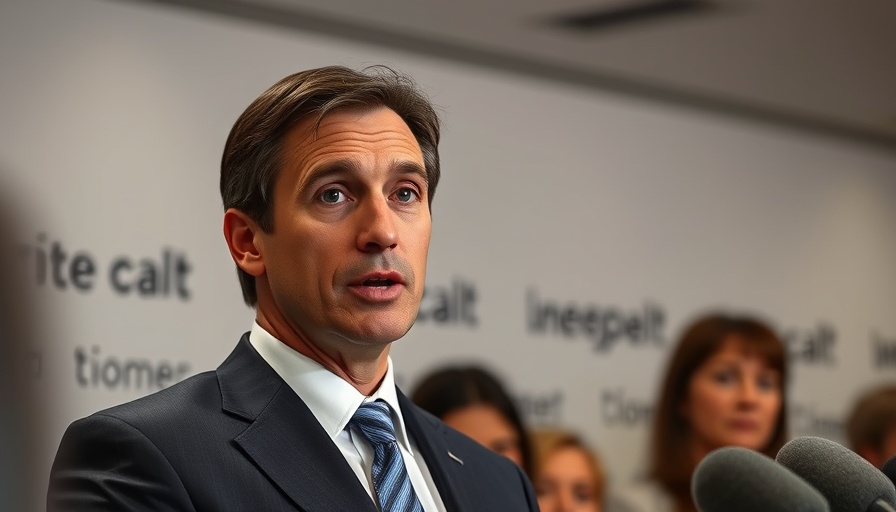
A Historical Dispute: The Gulf's Name Through the Ages
For centuries, the Gulf of Mexico has been a pivotal area of maritime trade and cultural exchange between varying civilizations, most notably between early indigenous populations, European colonizers, and later, independent nations. The existing name not only signifies a geographic boundary but also embodies cultural and historical ties to Mexico — ties which Mexican President Claudia Sheinbaum and her government are now fiercely defending against the backdrop of changing political narratives.
The Impact of Digital Maps on Geopolitical Identity
In today’s digital age, platforms like Google Maps define how we understand geography, often spreading cultural perceptions. The decision for Google to label the Gulf of Mexico as the 'Gulf of America,' following former President Trump's executive order, does not merely alter cartography; it alters perceptions of national identity. For Mexicans, the renaming feels like an erasure of their rights over their coastal waters and has sparked national outrage, prompting legal action.
Elaborating the Legal Implications of the Lawsuit
Mexico's lawsuit against Google comes at a time when nations are increasingly assertive about their territorial rights, especially as globalization leads to new forms of territorial disputes. The core legal argument rests on whether Google, as a multinational tech entity, has the authority to alter long-standing names, especially those with national significance. Experts speculate that this case could set critical precedents for how tech companies operate in international markets and handle geopolitical sensitivities.
Cultural and Emotional Resonance: Why Names Matter
Names are more than labels; they carry historical, emotional, and cultural weight. For many Mexicans, the Gulf represents historical battles fought for independence and economic ties that sustain millions. The rebranding of a geographical feature can feel like an affront to national pride. Sheinbaum's response indicates that this is not just about a name; it’s about Mexico's sovereignty and respect, reflecting broader sentiments about cultural heritage in the face of globalization.
A Broader Context: How National Histories Inform Today's Tensions
The ongoing tensions arising from this renaming can also be connected to previous conflicts rooted in territorial claims and identity preservation in the Americas versus the influence of hegemonic narratives from powerful nations. This latest confrontation may signal a resurfacing of older wounds, highlighting the challenges smaller nations face against dominant powers and what it means to assert cultural identity in a digital landscape.
Future Predictions: What Lies Ahead for Geopolitical Naming Trends
As digital mapping becomes more integrated into daily life, the potential for conflicts over geographical names may increase. Anticipating a more unified response from other countries regarding their territorial names, governmental and diplomatic bodies may choose to step in and actively enforce national sentiments in digital spaces, leading to pressure on companies like Google to respect local legislation and sentiment.
Conclusion: A Call for Greater Sensitivity in the Digital Age
The eagerness of a tech company to alter a geographical name based on political influences raises questions about the ethics of digital representation. As consumers engage ever more with maps that shape our understanding of the world, a collective expectation for corporations to be stewards of respect and sensitivity toward national identities gains traction. Awareness of these issues should inspire dialogue on how to approach the preservation of cultural identities in an ever-globalized digital marketplace.
As developments unfold, it remains crucial for individuals to consider their roles in a global economy increasingly mediated by technology, particularly regarding the history and identity that maps signify. Keeping informed might empower individuals to advocate for change or support entities that respect these vital aspects of our world.
 Add Row
Add Row  Add
Add 




Write A Comment